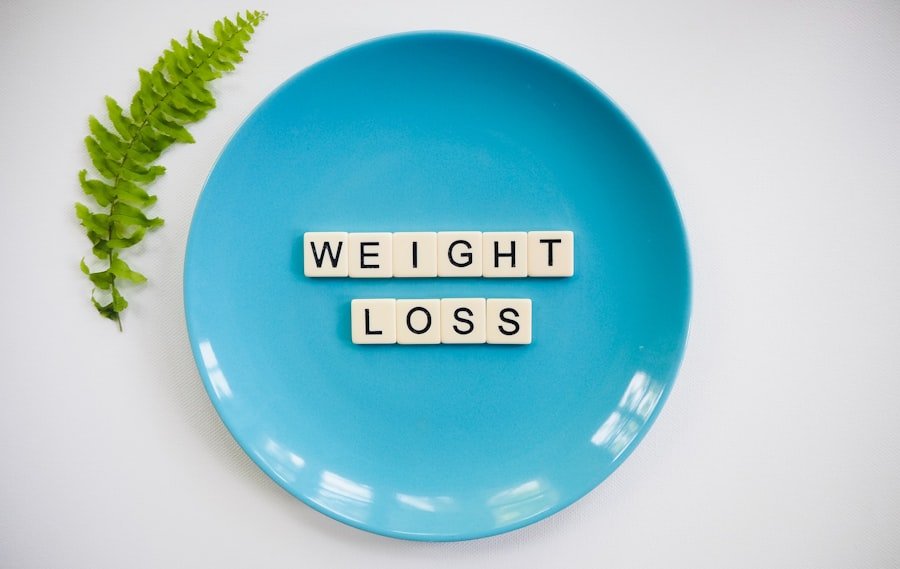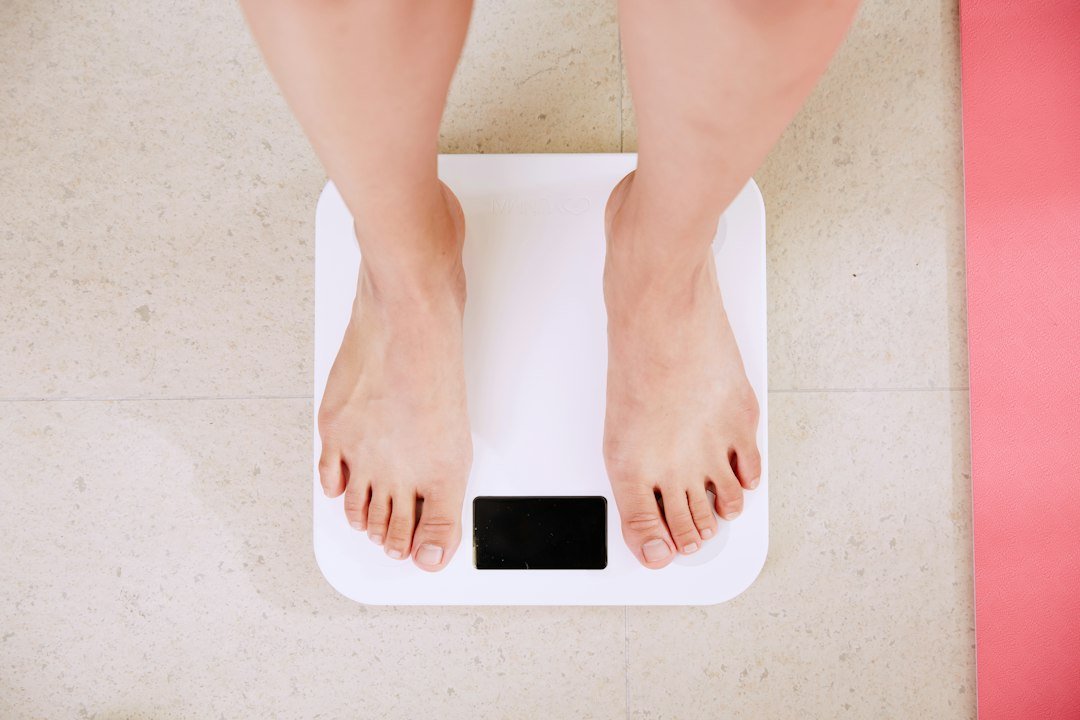Belly fat is a common problem that affects many people around the world. Not only does it affect our appearance, but it also has negative health effects. Excess belly fat has been linked to an increased risk of heart disease, type 2 diabetes, and certain types of cancer. Understanding the science behind belly fat loss is crucial for those who want to achieve a healthier body and reduce their risk of these diseases.
Key Takeaways
- Understanding the science of belly fat loss is crucial for effective weight loss.
- A balanced diet is essential for reducing belly fat and achieving overall health.
- Effective exercises for targeting belly fat include planks, crunches, and bicycle crunches.
- Cardiovascular exercise is important for burning calories and reducing belly fat.
- High-intensity interval training is a great way to burn belly fat and improve overall fitness.
- Getting enough sleep is crucial for reducing belly fat and maintaining a healthy weight.
- Stress management techniques, such as meditation and yoga, can help reduce belly fat.
- Supplements and foods that promote belly fat loss include green tea, protein, and fiber.
- Staying motivated during your belly fat loss journey can be challenging, but setting achievable goals and tracking progress can help.
- Maintaining a healthy lifestyle, including regular exercise and a balanced diet, is key to preventing belly fat from returning.
Understanding the Science of Belly Fat Loss
To understand how to lose belly fat, it's important to first understand the different types of fat in our bodies. There are two main types of fat: subcutaneous fat and visceral fat. Subcutaneous fat is the fat that lies just beneath the skin and is responsible for the "flabby" appearance that many people want to get rid of. Visceral fat, on the other hand, is the fat that surrounds our organs and is more dangerous for our health.
Hormones also play a role in belly fat accumulation. Hormones such as cortisol, insulin, and estrogen can contribute to the storage of fat in the abdominal area. Cortisol, also known as the stress hormone, can lead to increased belly fat storage when levels are chronically elevated.
To lose belly fat, a calorie deficit is necessary. This means consuming fewer calories than your body needs to maintain its current weight. When you create a calorie deficit through diet and exercise, your body will start using stored fat as fuel, including the fat stored in your belly.
The Importance of a Balanced Diet for Belly Fat Reduction
A balanced diet is crucial for belly fat reduction. In order to create a calorie deficit, it's important to consume fewer calories than you burn. This can be achieved by eating a diet that is rich in nutrients but low in calories.
Macronutrients play a key role in a balanced diet. Protein is important for building and repairing tissues, including muscle tissue. It also helps to keep you feeling full and satisfied. Good sources of protein include lean meats, fish, eggs, and legumes.
Carbohydrates are the body's main source of energy and should make up a significant portion of your diet. However, it's important to choose complex carbohydrates such as whole grains, fruits, and vegetables, which provide fiber and other important nutrients.
Fats are also an essential part of a balanced diet. Healthy fats, such as those found in avocados, nuts, and olive oil, can actually help with belly fat loss by keeping you feeling full and satisfied.
Effective Exercises for Targeting Belly Fat
It's important to note that spot reduction is not possible. This means that doing endless crunches or sit-ups will not specifically target belly fat. However, there are exercises that can help strengthen the core muscles and improve overall body composition.
Exercises such as planks, Russian twists, and bicycle crunches can help target the abdominal muscles and improve core strength. These exercises should be done in conjunction with a balanced diet and overall strength training routine for best results.
Strength training is an important component of overall fat loss. Building muscle helps to increase your metabolism, which can lead to increased calorie burn even at rest. Incorporating exercises such as squats, deadlifts, and lunges into your routine can help build muscle and burn fat.
Incorporating Cardiovascular Exercise into Your Routine
Cardiovascular exercise is an important component of any belly fat loss plan. It helps to increase calorie burn and improve overall cardiovascular health. There are many different types of cardio exercises that can be done at home or at the gym.
Walking or jogging is a great way to get started with cardiovascular exercise. You can also try activities such as swimming, cycling, or dancing to get your heart rate up and burn calories.
Interval training is another effective way to incorporate cardio into your routine. This involves alternating between periods of high-intensity exercise and periods of rest or lower intensity. This can help to increase calorie burn and improve cardiovascular fitness.
The Benefits of High-Intensity Interval Training for Belly Fat Loss

High-intensity interval training (HIIT) is a type of exercise that involves short bursts of intense exercise followed by periods of rest or lower intensity. This type of training has been shown to be effective for belly fat loss.
During HIIT, your body is forced to work at a high intensity, which increases your heart rate and burns more calories. This type of exercise also helps to increase your metabolism, which can lead to increased calorie burn even after your workout is over.
There are many different types of HIIT workouts that you can try. For example, you can do a circuit of exercises such as burpees, mountain climbers, and jumping jacks, performing each exercise for a set amount of time before moving on to the next one.
The Role of Sleep in Belly Fat Reduction
Sleep plays a crucial role in belly fat reduction. Lack of sleep has been linked to increased hunger and cravings, which can lead to overeating and weight gain. It can also affect the hormones that regulate appetite and metabolism.
Getting enough sleep is important for overall health and well-being. Aim for 7-9 hours of quality sleep per night. To improve sleep quality, establish a regular sleep schedule, create a relaxing bedtime routine, and create a comfortable sleep environment.
Stress Management Techniques for Belly Fat Loss
Stress can contribute to belly fat accumulation. When we're stressed, our bodies release cortisol, which can lead to increased appetite and cravings for unhealthy foods. Chronic stress can also lead to emotional eating and weight gain.
Managing stress is important for belly fat loss. There are many different techniques that can help reduce stress levels, such as deep breathing exercises, meditation, yoga, and engaging in activities that you enjoy.
Supplements and Foods that Promote Belly Fat Loss
While supplements can be helpful for overall health and well-being, they are not a magic solution for belly fat loss. It's important to focus on a balanced diet and exercise routine first and foremost.
However, there are certain foods that can help promote belly fat loss. Foods that are high in fiber, such as fruits, vegetables, and whole grains, can help keep you feeling full and satisfied. Foods that are high in protein, such as lean meats, fish, and legumes, can also help with belly fat loss by increasing satiety.
Tips for Staying Motivated During Your Belly Fat Loss Journey
Staying motivated is crucial for long-term success in belly fat loss. It's important to set realistic goals and celebrate small victories along the way. Surrounding yourself with a supportive community or finding an accountability partner can also help keep you motivated.
Finding activities that you enjoy and incorporating them into your routine can also help with motivation. Whether it's dancing, hiking, or playing a sport, finding ways to move your body that you enjoy will make it easier to stick to your exercise routine.
Maintaining a Healthy Lifestyle to Prevent Belly Fat from Returning
Once you've achieved your belly fat loss goals, it's important to maintain a healthy lifestyle to prevent the fat from returning. This means continuing to eat a balanced diet, exercise regularly, manage stress levels, and get enough sleep.
It's also important to be mindful of your portion sizes and listen to your body's hunger and fullness cues. Avoiding crash diets or extreme weight loss methods is crucial for long-term success.
Losing belly fat is not easy, but with the right knowledge and strategies, it is possible. Understanding the science behind belly fat loss is crucial for achieving long-term success and reducing the risk of negative health effects. By incorporating a balanced diet, effective exercises, cardiovascular exercise, and stress management techniques into your routine, you can achieve a healthier body and reduce belly fat. Remember to stay motivated, be consistent, and maintain a healthy lifestyle to prevent the fat from returning.
If you're interested in martial arts and looking to enhance your fitness journey, you might find this article on "Unlocking the Secrets of Infinity Martial Arts: A Journey to Mastery" intriguing. It delves into the world of martial arts and explores the path to mastery. Whether you're a beginner or an experienced practitioner, this article offers valuable insights and tips to help you excel in your martial arts training. Check it out here and take your fitness journey to new heights!
FAQs
What is belly fat?
Belly fat, also known as visceral fat, is the fat that accumulates around the abdominal organs. It is considered to be harmful to health as it increases the risk of various diseases such as diabetes, heart disease, and certain cancers.
How can I measure my belly fat?
You can measure your belly fat by using a measuring tape to measure the circumference of your waist at the level of your belly button. A waist circumference of more than 35 inches for women and 40 inches for men is considered to be high and increases the risk of health problems.
What are some causes of belly fat?
Some causes of belly fat include a sedentary lifestyle, poor diet, stress, hormonal imbalances, and genetics.
What are some ways to lose belly fat?
Some ways to lose belly fat include eating a healthy diet, engaging in regular exercise, reducing stress, getting enough sleep, and avoiding sugary and processed foods.
Is it possible to lose 4 inches of belly fat in 2 weeks?
It is unlikely to lose 4 inches of belly fat in 2 weeks as it is a significant amount of weight to lose in a short period of time. Sustainable weight loss is usually achieved through a combination of healthy eating and regular exercise over a longer period of time. Rapid weight loss can also be harmful to health and lead to muscle loss instead of fat loss.
What are some healthy foods to eat to lose belly fat?
Some healthy foods to eat to lose belly fat include fruits, vegetables, whole grains, lean protein, and healthy fats such as avocado and nuts. It is also important to limit processed and sugary foods.














